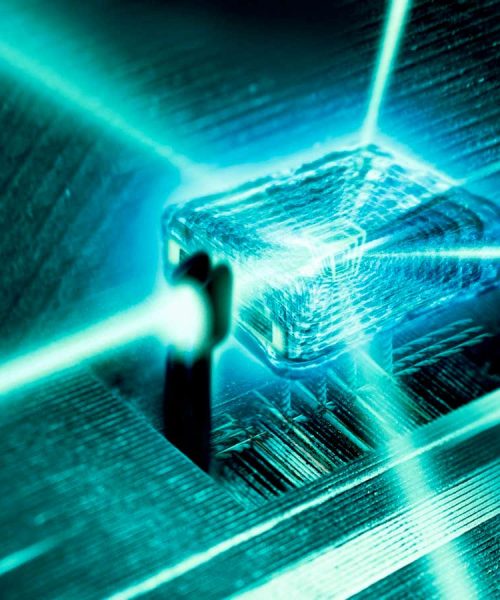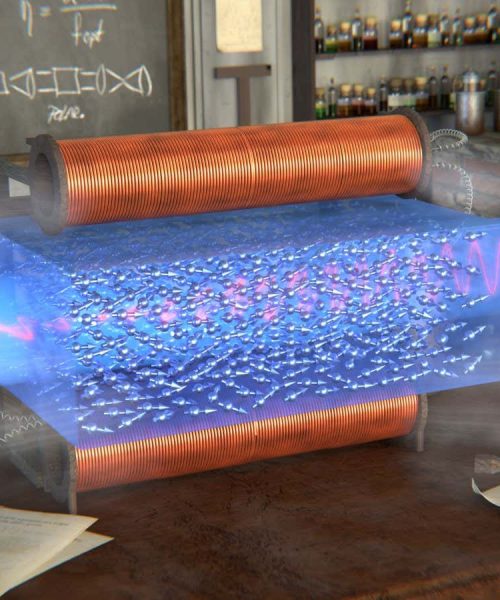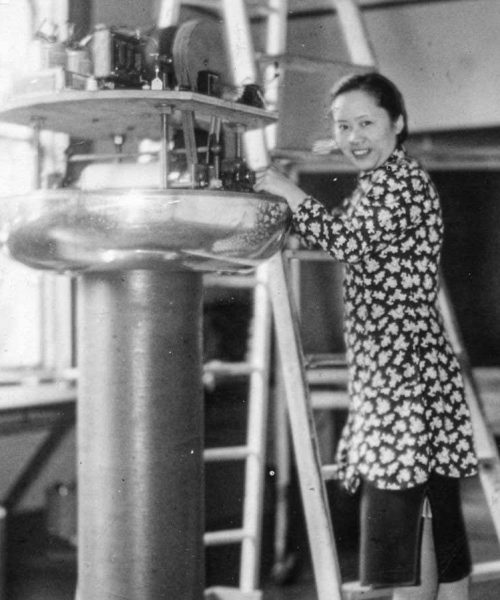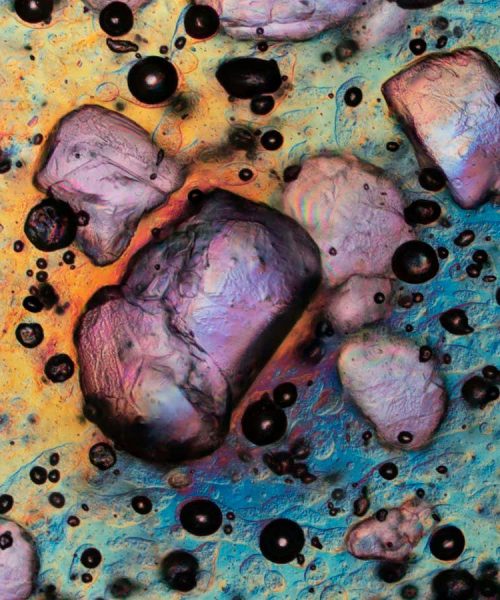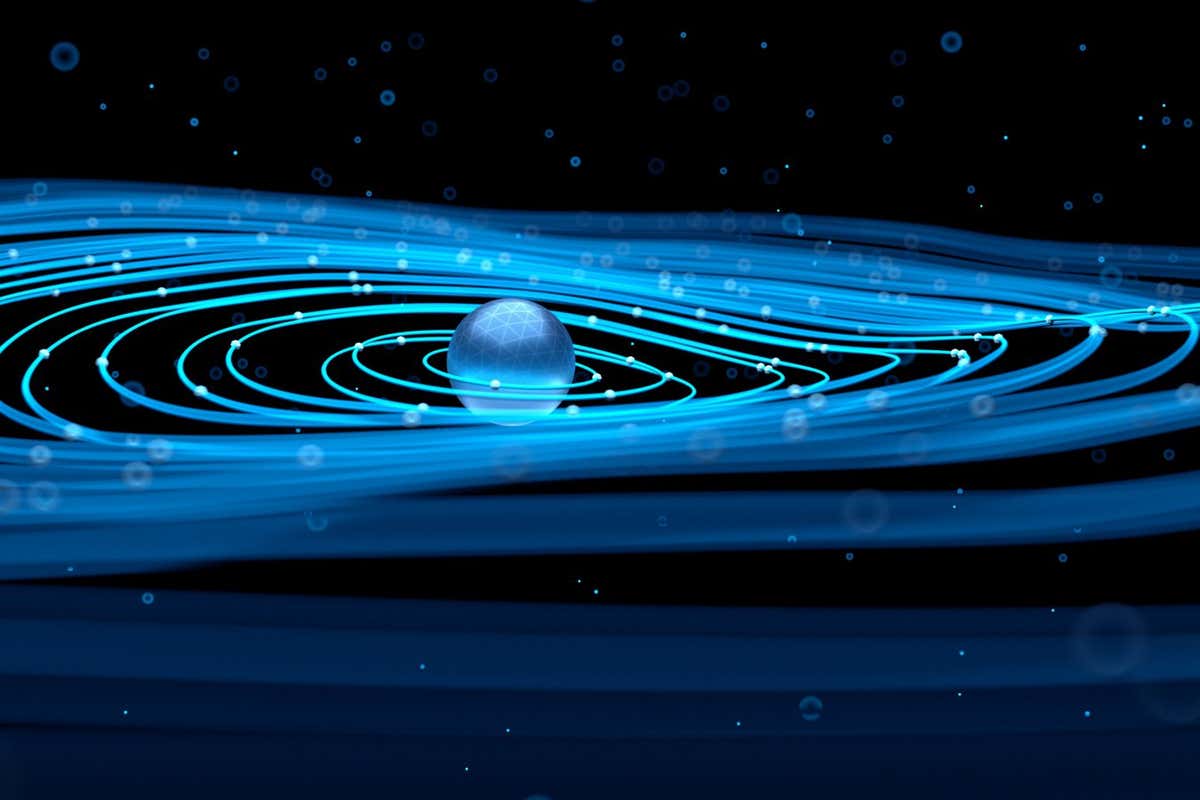
Have we spotted hints of gravitons?
zf L/Getty Images
Physicists have been searching for gravitons, the hypothetical particles thought to carry gravity, for decades. These have never been detected in space, but graviton-like particles have now been seen in a semiconductor. Using these to understand gravitons’ behaviour could help unite the general theory of relativity and quantum mechanics, which have long been at odds.
“This is a needle in a haystack [finding]. And the paper that started this whole thing is from way back in 1993,” says Loren Pfeiffer at Princeton University. He wrote that paper with several colleagues including Aron Pinczuk, who passed away in 2022 before they could find hints of the elusive particles.
Advertisement
Pinczuk’s students and collaborators, including Pfeiffer, have now completed the experiment the two began discussing 30 years ago. They focused on electrons within a flat piece of the semiconductor gallium arsenide, which they placed in a powerful refrigerator and exposed to a strong magnetic field. Under these conditions, quantum effects make the electrons behave strangely – they strongly interact with each other and form an unusual incompressible liquid.
This liquid is not calm but features collective motions where all the electrons move in concert, which can give rise to particle-like excitations. To examine those excitations, the team shined a carefully tuned laser on the semiconductor and analysed the light that scattered off it.
This revealed that the excitation had a kind of quantum spin that has only ever been theorised to exist in gravitons. Though this isn’t a graviton per se, it is the closest thing we have seen.
Ziyu Liu at Columbia University in New York who worked on the experiment says he and his colleagues knew that graviton-like excitations could exist in their semiconductor, but it took years to make the experiment precise enough to detect them. “From the theoretical side, the story was kind of complete, but in experiments, we were really not sure,” he says.
The experiment isn’t a true analogue to space-time – electrons are confined to a flat, two-dimensional space and move more slowly than objects governed by the theory of relativity.
But it is “extremely important” and bridges different branches of physics, like the physics of materials and theories of gravity, in a previously underappreciated way, says Kun Yang at Florida State University, who was not involved in the work.
However, Zlatko Papic at the University of Leeds in the UK cautions against equating the new finding with detection of gravitons in space. He says the two are sufficiently equivalent for electron systems like those in the new experiment to become testing grounds for some theories of quantum gravity, but not for every single quantum phenomenon that happens to space-time at cosmic scales.
Connections between this particle-like excitation and theoretical gravitons also raise new ideas about exotic electron states, says team member Lingjie Du at Nanjing University in China.
Topics:
